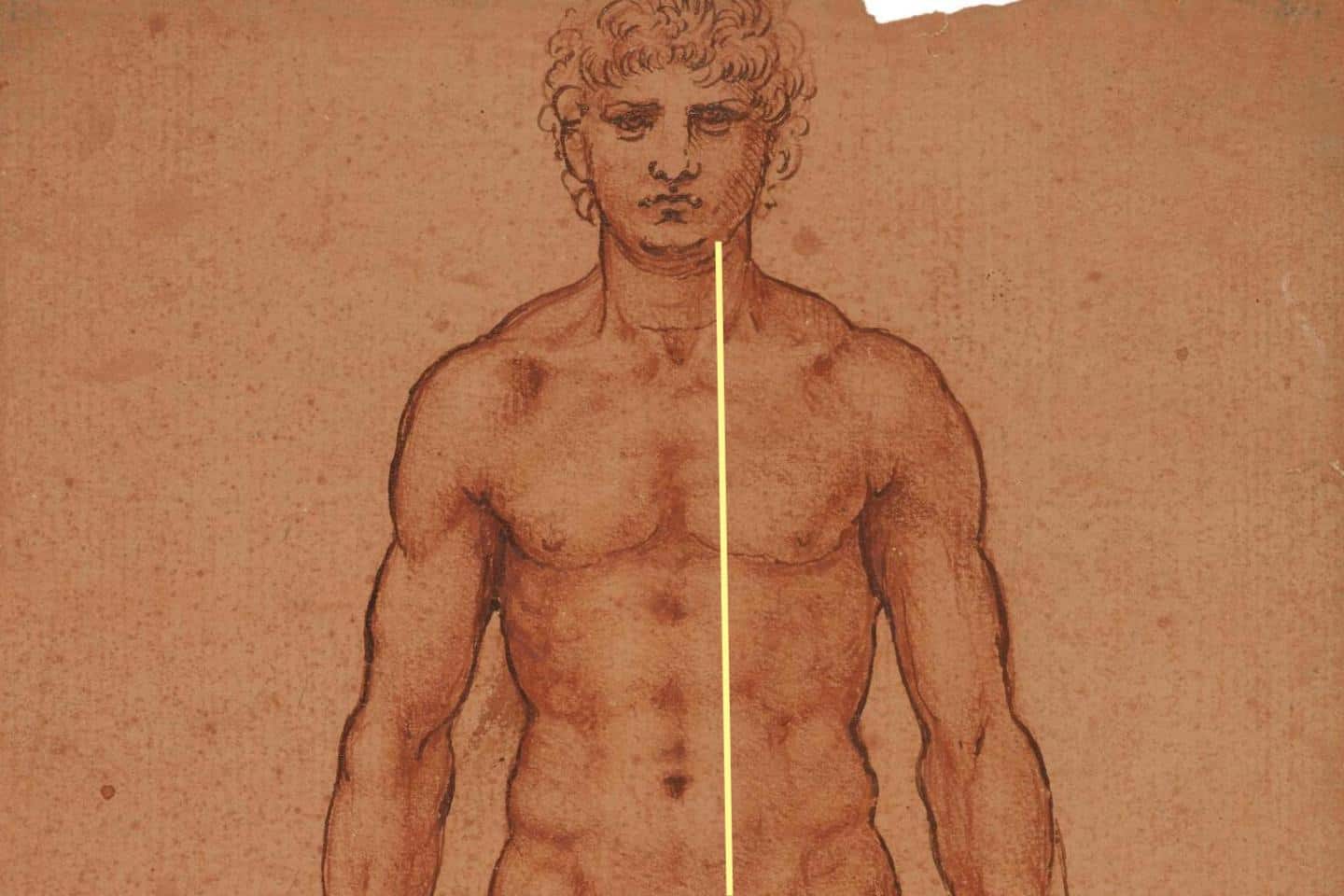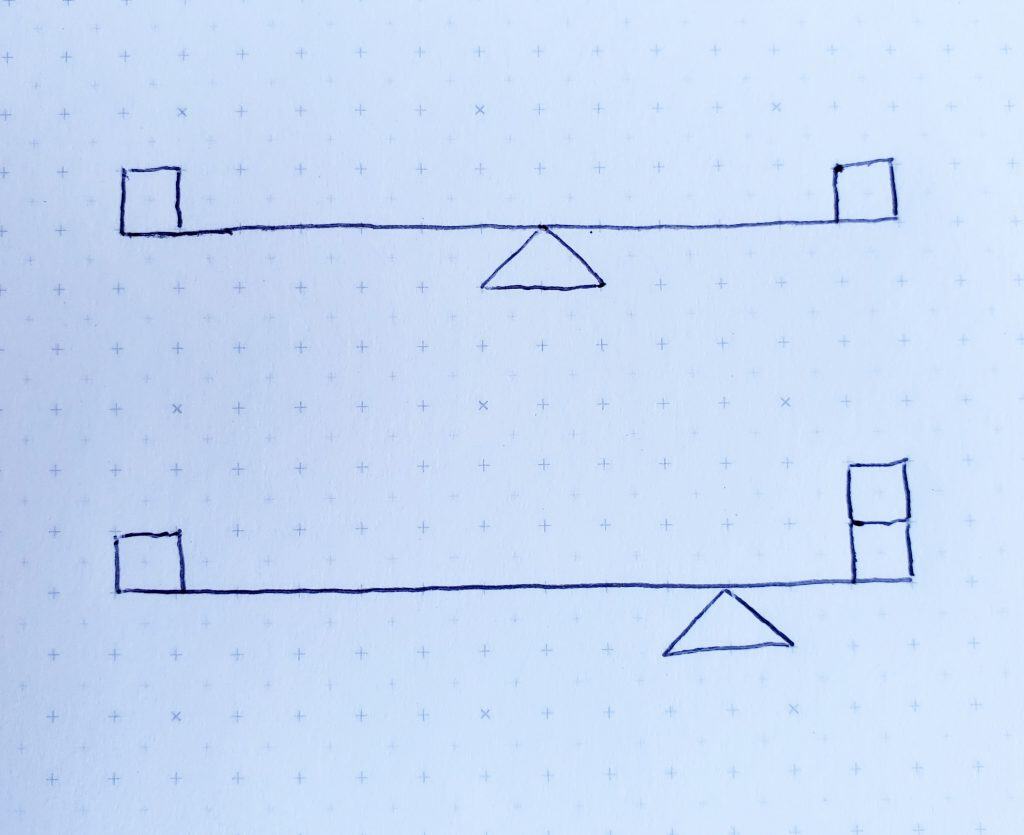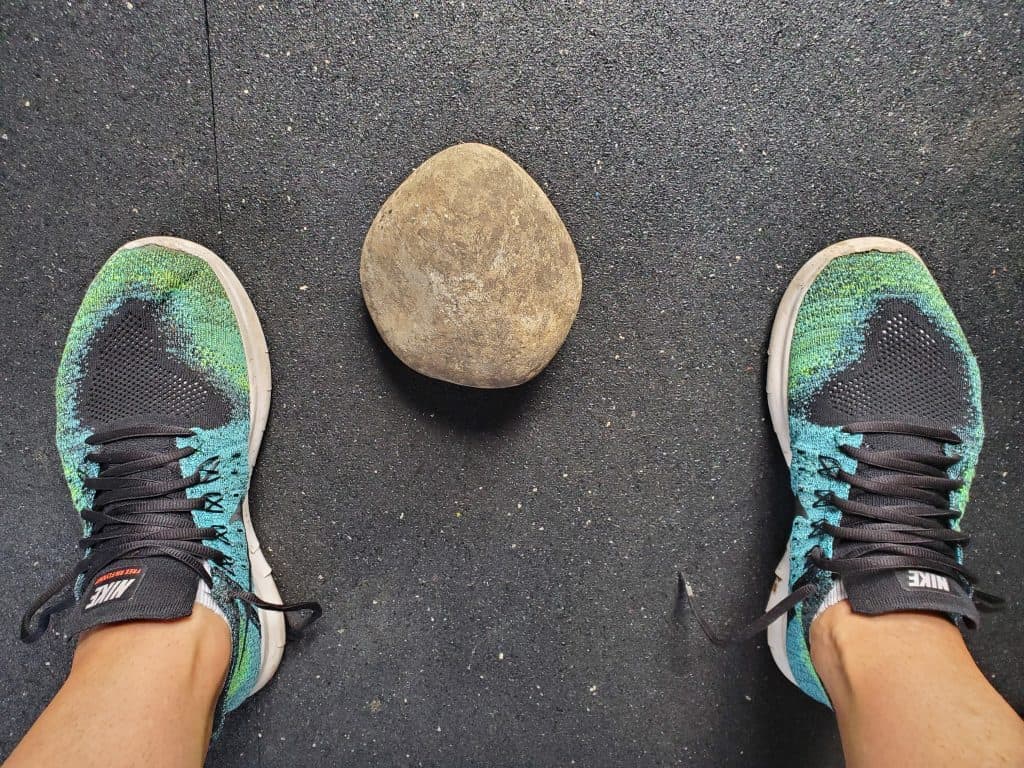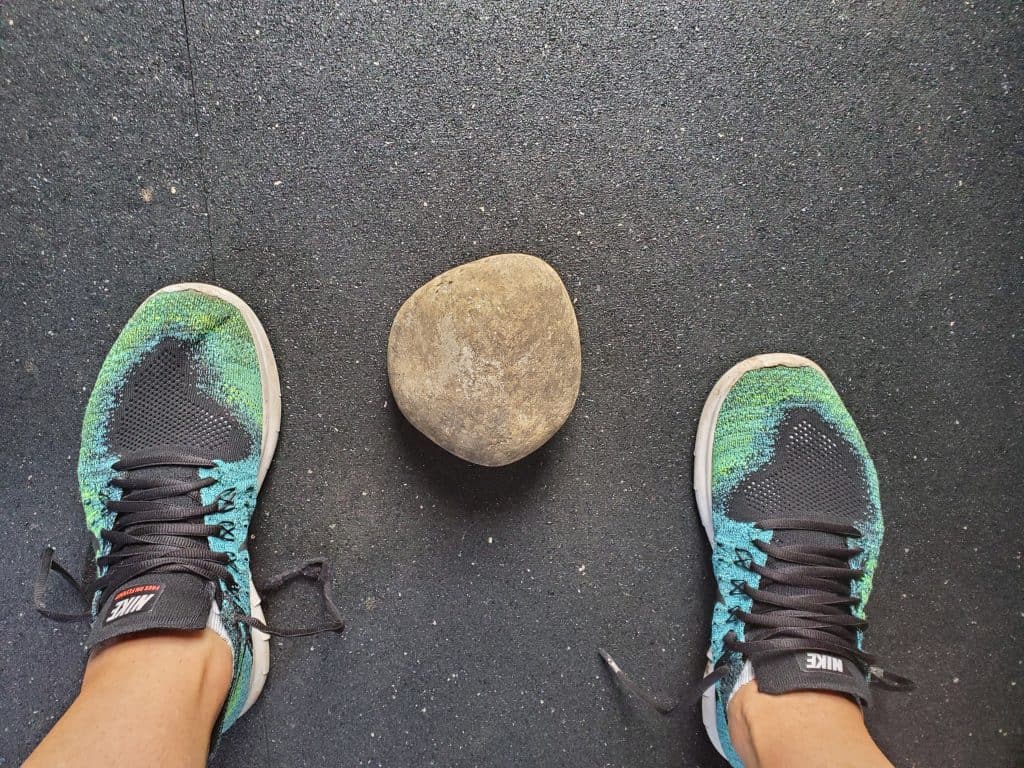
A Non-Central Axis
This is another concept coming from the astute observations of Nicole Uno.
The medical, fitness, and wellness worlds are fixated on correcting imbalances. Amidst all the readily available treatment plans, too few remain curious about why so many asymmetries exist. The undoubted anatomical and functional differences between the hemispheres give structural scientific cause, but it may be negating the brain’s role in left-right dominance. Physical differences are often looked at in terms of patterns, load, and sequence. Perhaps the reason all this is occurring, though, is because of an altered perception about where center is. Problems of one-sided weight bearing and rotational leverage might have their roots in a purposefully shifted axis.
The body seeks efficiency. If one half is repeatedly asked to do more work, keeping a true-centered axis becomes detrimental to that objective. Imagine a teeter totter. A middle fulcrum makes sense when the weight on either end is equal. But when one side consistently carries a greater burden, the most economical means of adaptation is to pull the placement of the supportive pivot closer.

Something tells me the triangle base actually works more like a sphere…
Since the midline can’t actually be moved, the mental map changes.
The body is governed by the software through feedback of the hardware. As such, there are many ‘tells’ that signify your used middle isn’t your true middle. The first is the arrangement of your feet when standing. Since we already look down when we are going to pick something up, take note of how the feet align to the object. If the item is closer to one foot, that is the direction in which your axis has moved.

Another is when the feet are offset. The foot placed more forward does more work, utilizing rotational leverage to push away the floor.

The axis shifts toward the higher foot.
Similar inequities can be found sitting, lying, or rolling. For the purposes of a single example, though, I’ll use standing rotation. While I was focused on coordination in the following gait rotation video, Uno noticed I was only pushing through my left side:
View this post on Instagram
Gait, rotation, and timing. #gait #coordination #rotation #thinkmovement
The slight glitch happens when asked to push through my right.
Once aware, I tried to decipher what pattern I was using. The weight stayed on my same side, and I drove my left shoulder forward by rotating my left hip forward. (This is akin to walking or crawling with the robotic means of same side propulsion, which looks awkward and incorrect). I began contralateral programming to upend the circuit, and shifting my weight into my right foot to open the right shoulder (effectively propelling the left shoulder):
Then I wanted to know how to make my relaxed right side more active. My theory was, if it could drive rotation as the left did, the axis would recenter itself on its own. To do so, I handicapped my bullish left side by locking out the knee and prohibiting the soft bend I favored. Negating my dominant side taught my lax side how to get and maintain the initiative, and which sensations were dormant.
You don’t know what you don’t know. Constraints use contrast for motor learning.
Viewed from the side and back, the discrepancies between the two sides become grossly apparent.
Left foot down, only the hip and pelvis extend. Right foot down, the entire axis moves. Attempting to coordinate the left like the right was tricky, until I was able to bring in the arms.
All of this feeds into the theory that my axis is shifted left. When lying horizontal, the disparity further agrees. Like on feet, right side down wants to turn everything, while left side stable only adjusts the lower half:
Once cognizant of this in myself, I started to see it everywhere. What does one do with a shifted axis? Whatever they choose to do with any finding: investigate, ignore, or attempt to train its opposite. Personally, testing theories help me understand myself and my own compensations, and it has allowed me to use a different sort of imaging and language with my clients (who are also shifted). Could it be a self-fulfilling prophesy? Perhaps. But possibility and probability are inseparable notions. A broadened perspective on what you see and why it might be occurring offers another remarkable link between relevant cause and effect.



